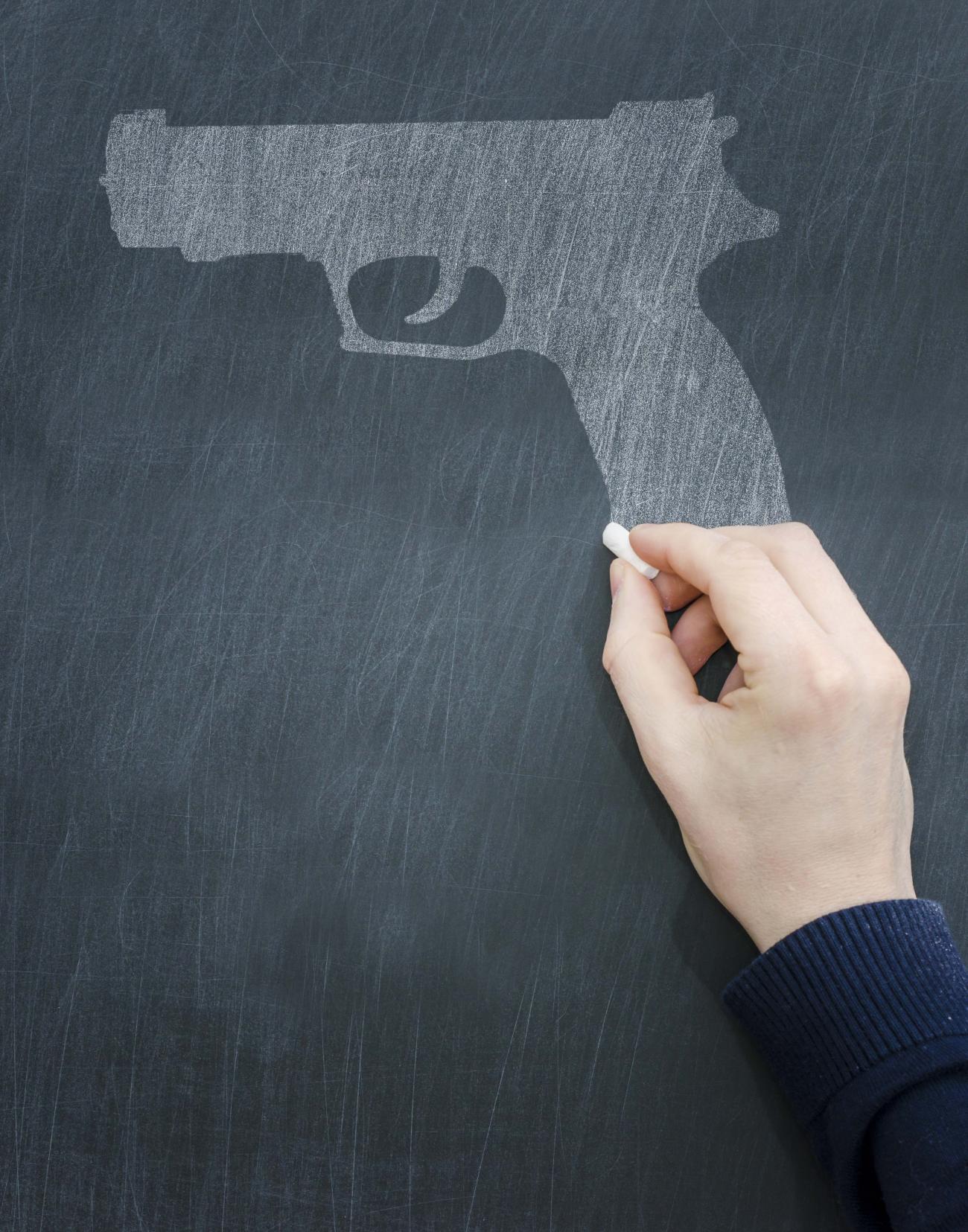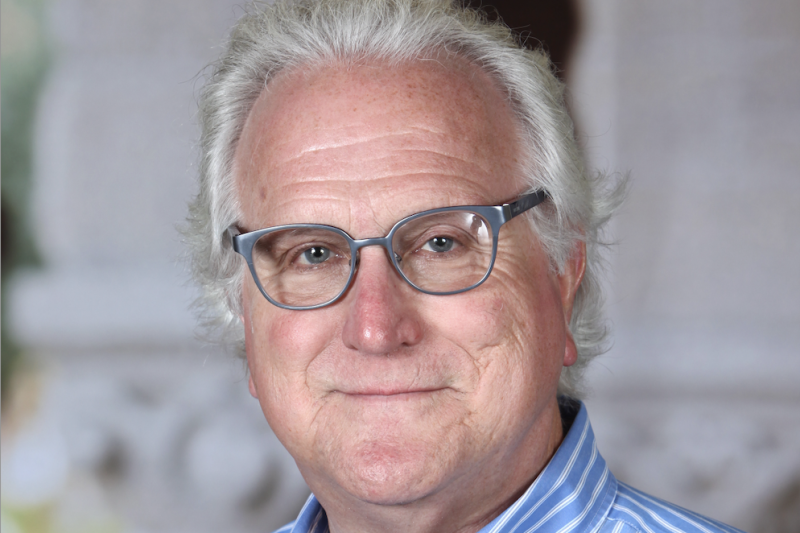
In the last two decades, more than 240,000 children have been directly exposed to school shootings, says Maya Rossin-Slater, an assistant professor of health research and policy at Stanford and senior fellow at the Stanford Institute for Economic Policy Research. “These are things that have become the new normal in American society, and we know very little about how they affect kids and families,” she says.
On this episode of School’s In, Rossin-Slater joins GSE Dean Dan Schwartz and Senior Lecturer Denise Pope to talk about the broader cost of school shootings and how she is using the tools of applied microeconomics to study the impact of school shootings on young people’s mental and emotional well-being.
“We found that in the two years following a fatal school shooting, the antidepressant prescription rate increased by 21 percent,” she says. “This effect persisted three years out in the local vicinity of schools that experienced fatal shootings.”
Given the shortage of school counselors nationwide, Rossin-Slater says it’s critical that schools and communities put mental health care resources in place to help students—especially those from disadvantaged backgrounds—effectively cope with the long-term effects of school shooting trauma.
You can listen to School's In on SiriusXM Insight channel 121, Apple Podcasts, Google Podcasts, Spotify, Stitcher and Soundcloud.



